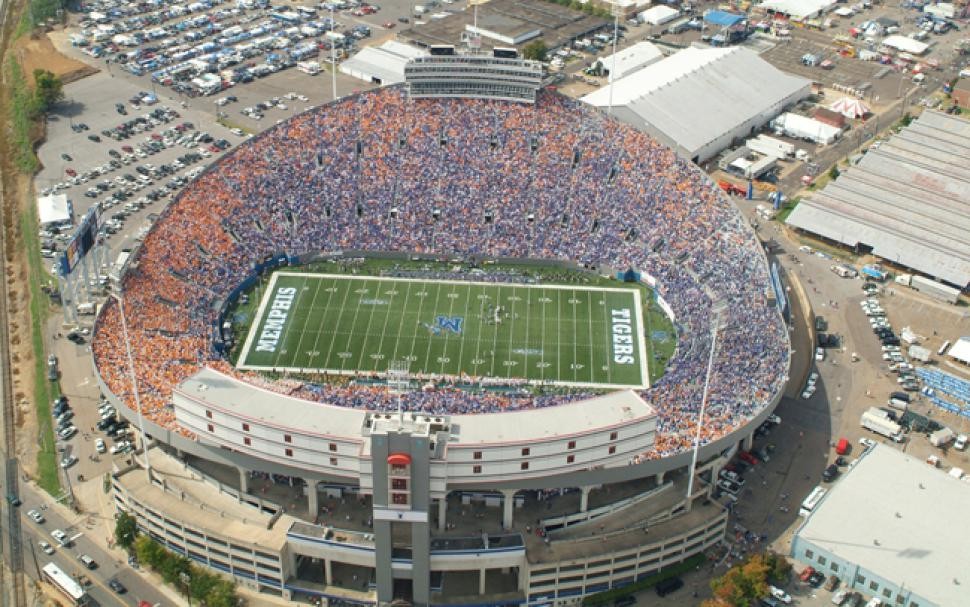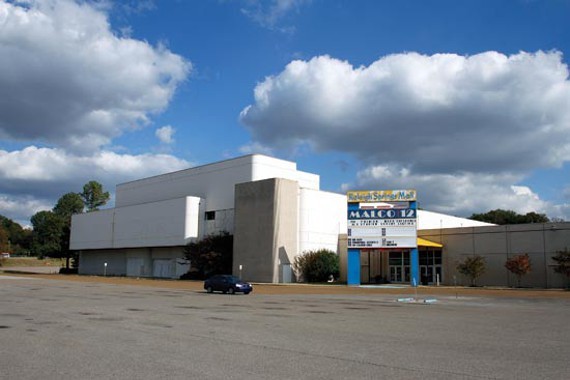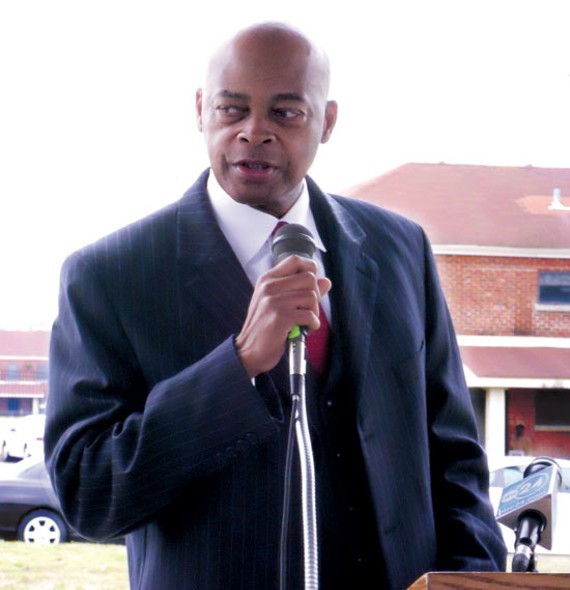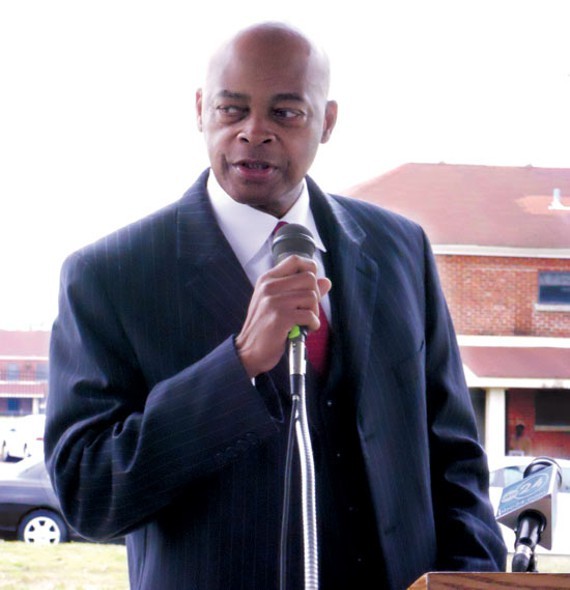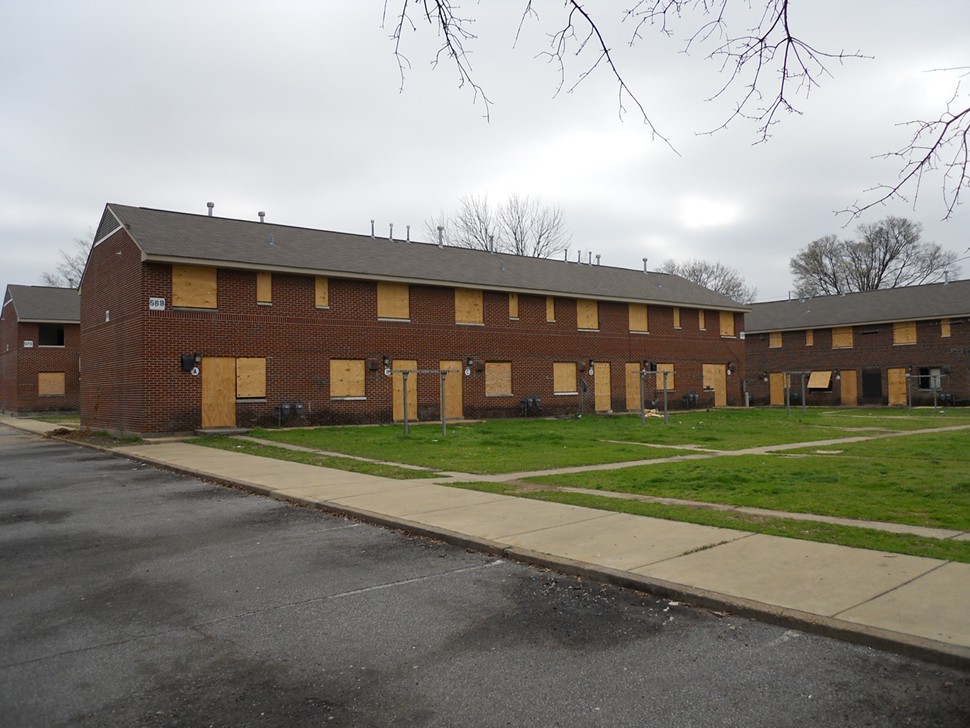Shelby County commissioners — on the record — and Memphis City Council members — off the record — are giving vent to serious misgivings that the proposed Fairgrounds Tourist Development Zone project being vigorously pushed by Memphis mayor A C Wharton and city development director Robert Lipscomb would cannibalize funding for other major tourist areas, as well as that for Shelby County schools.
It was the alleged threat to school funding that had prompted county commissioner Steve Basar to make city government’s latest TDZ project a discussion item at last week’s committee meetings. Basar estimated that sales-tax rake-offs from the fairgrounds TDZ project, as proposed by Lipscomb, would cost county schools, already struggling financially, roughly $1 million a year over a 30-year period.
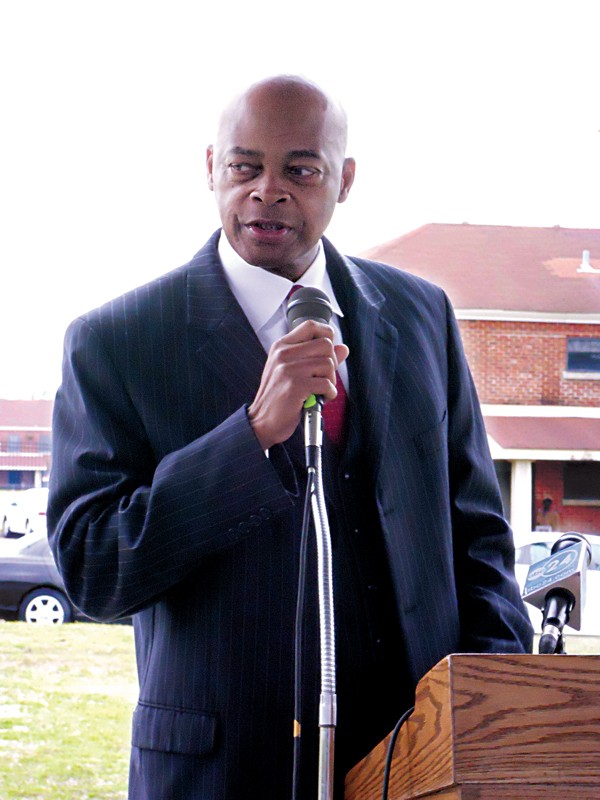 John Branston
John Branston
Robert Lipscomb
County finance officer Mike Swift agreed that both the state’s portion of sales-tax proceeds in the TDZ and the local-option sales-tax portion could be claimed by the proposed TDZ area. He added, “To the extent that it would impact the local-option sales tax, half of that off the top goes to schools, and therefore it would be a reduction in what goes to schools.”
The commission’s discussion occurred a day after Lipscomb had held a town meeting with members of the Cooper-Young community, many of whom expressed serious reservations about the proposed TDZ.
Amping up the argument for the opposition is the fact that Lipscomb, either intentionally or inadvertently, had previously failed to disclose the full local impact of the TDZ process in his public discussion of the fairgrounds proposal. On February 19th, when Lipscomb first briefed members of the city council about the project, he began by saying, “We’ll go through this quickly. We won’t go into a lot of detail.”
Then, in the broad exposition that followed — one that posited retail opportunities at the fairgrounds as well as the refurbishing of the Liberty Bowl and the development of a sports complex — Lipscomb had this to say: “We wanted to make sure you were aware we want to use non-local [our italics] tax revenue for this project. And the way we do that is to get a tourist development zone … [tapping] increment dollars over and above what we send to the state. … If we don’t do this, that money goes directly back to the state, so it’s important that we do this today.”
In reminding his council listeners that TDZ financing involves capturing “incremental” sales-tax proceeds above a preexisting “baseline” of existing proceeds, Lipscomb had thereby made a point of mentioning only the “non-local” proceeds that would be tapped for the new TDZ. And, in emphasizing the urgency of staking a claim on funds otherwise due to the state, he made no mention that the project would also appropriate the local share of incremental sales-tax proceeds from a large area adjoining the fairgrounds.
An artificially large adjoining area, in fact, as Basar, supported by Commissioner Mike Ritz, noted at last week’s committee meeting — one involving both Overton Square and the Cooper-Young district, among other income-producing areas.
“They gerrymandered the zoo. They gerrymandered Overton Square. They gerrymandered Cooper-Young,” Basar told his fellow commissioners.
Interestingly enough, back in February, when Lipscomb was doing that acknowledged quick once-over with the council, he, too, had openly used the term “gerrymander” to describe the extension of the proposed fairgrounds TDZ zone into an expanse bounded on the west by Belvedere, on the north by Parkway, on the east by Flicker Street, and on the south by Southern Avenue.
Such a wide swath put the existing commercial areas within it in the position of feeding potential retail rivals at the redeveloped fairgrounds, Basar said, as well as co-opting their own prospects for tapping the incremental sales-tax revenues generated by their own economic activity.
After Lipscomb, preceded by Wharton, made his brief pitch to the council in February, the council had proceeded in short order — on a motion by Reid Hedgepeth, seconded by Shea Flinn — to give Lipscomb a green light to present his plan to the state buildings commission, which must okay it.
The state has not yet acted on the proposal, and, meanwhile, some members of the council, speaking off the record, are expressing reservations about giving any further endorsement to the TDZ project, based on last week’s commission discussion about how local sales-tax revenues would be affected.
As is often the case in what they say about Lipscomb’s projects, council members express themselves gingerly and prefer in most cases to remain anonymous. In his position as city housing director, Lipscomb stands astride a federal pipeline potentially worth millions of dollars in projects council members covet for their districts. As a result, members of the council are loath to put themselves publicly in opposition to the powerful administrator.
As the Flyer‘s John Branston put it in a 2011 profile of Lipscomb: “True mover-and-shakerdom in the government realm equals influence times tax money under control times territory under control times number of years on the job. Add to that the fear factor, or how freely colleagues and people who have to do business with you feel they can speak candidly. On each count, Lipscomb is a man to be reckoned with.”
So it is that council opposition to a Lipscomb proposal usually takes the form of passive resistance, as when an ambitious TIF (tax increment financing) project he proposed last year was allowed to wither on the procedural vine without being put to the test of an actual council vote.
This was the “Heritage Trail” project which sought to have virtually all of downtown declared a blighted area so as to set aside sales-tax receipts for a 20-year period in order to redevelop the Foote Homes area. As is the case with the current TDZ proposal, members of the county commission weighed in on this one.
Back then, Basar said, “The people there are not for it, and it’s so disproportionate as to be a huge waste of resources.” And his commission colleague Steve Mulroy added, “It’s asking too much of too big an area for too long for too small a target zone.”
Time will tell what happens to the current fairgrounds project, but last week’s public venting of consequences surely gave potential opponents fresh ammunition.
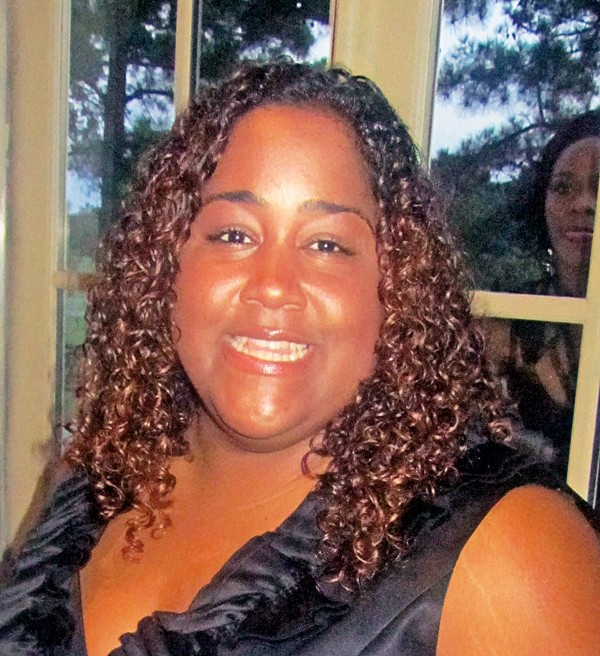 Jackson Baker
Jackson Baker
Raumesh Akbari
• Raumesh Akbari, a 29-year-old lawyer and political newcomer, won last week’s Democratic primary for the vacant District 91 state House of Representatives seat against six opponents.
As most observers had predicted, turnout was low for the special primary election, made necessary by the death this summer of longtime incumbent Lois DeBerry. Only 1,812 votes were cast, with 502 going for winner Akbari.
Two contenders bearing established political names did less well than expected. Kemba Ford, daughter of former state senator John Ford, finished third, with 355 votes, and Doris DeBerry-Bradshaw, a cousin to the late Lois DeBerry and sister of state representative John DeBerry (D-District 91), finished sixth, with 111 votes.
Runner-up to Akbari was Terica Lamb, with 399 votes. Others were: Joshua Forbes, fourth with 261 votes; Clifford Lewis, fifth with 134 votes; and Kermit Moore, seventh with 47 votes.
There were no Republican candidates, and there was no Republican primary. Akbari’s only opponent in the November 21st special general election will be Libertarian Jim Tomask, listed on the ballot as an independent. The winner of that election will hold the office until the next regular election cycle in 2014.
A Cordova High School graduate, Akbari attended Washington University in St. Louis and St. Louis University School of Law, where she was president of the Black Law Students Association.
Akbari’s legal residence is still in the Cordova area, but, as state representative Barbara Cooper, a supporter, says, the new party nominee has been staying of late with a grandmother who lives in District 91 and presumably will seek a permanent residence there or elsewhere in the district.
As Cooper explains it, Akbari’s current domicile resulted from the family’s feeling that the grandmother, who had recently experienced a break-in, would be reassured by having her granddaughter on hand.
 John Branston
John Branston  Jackson Baker
Jackson Baker 